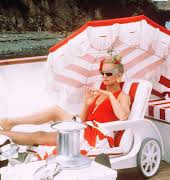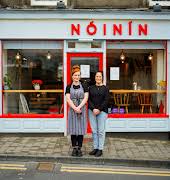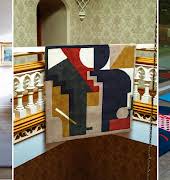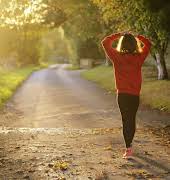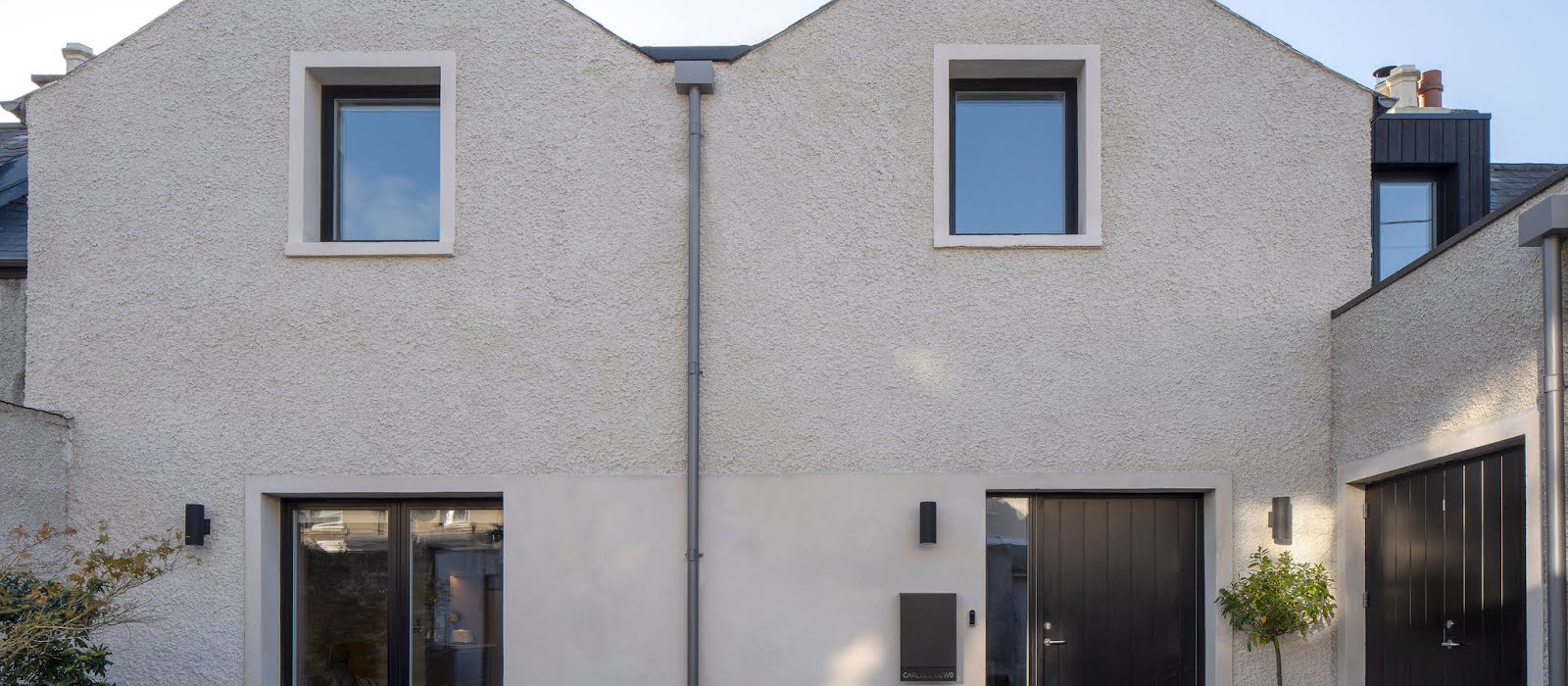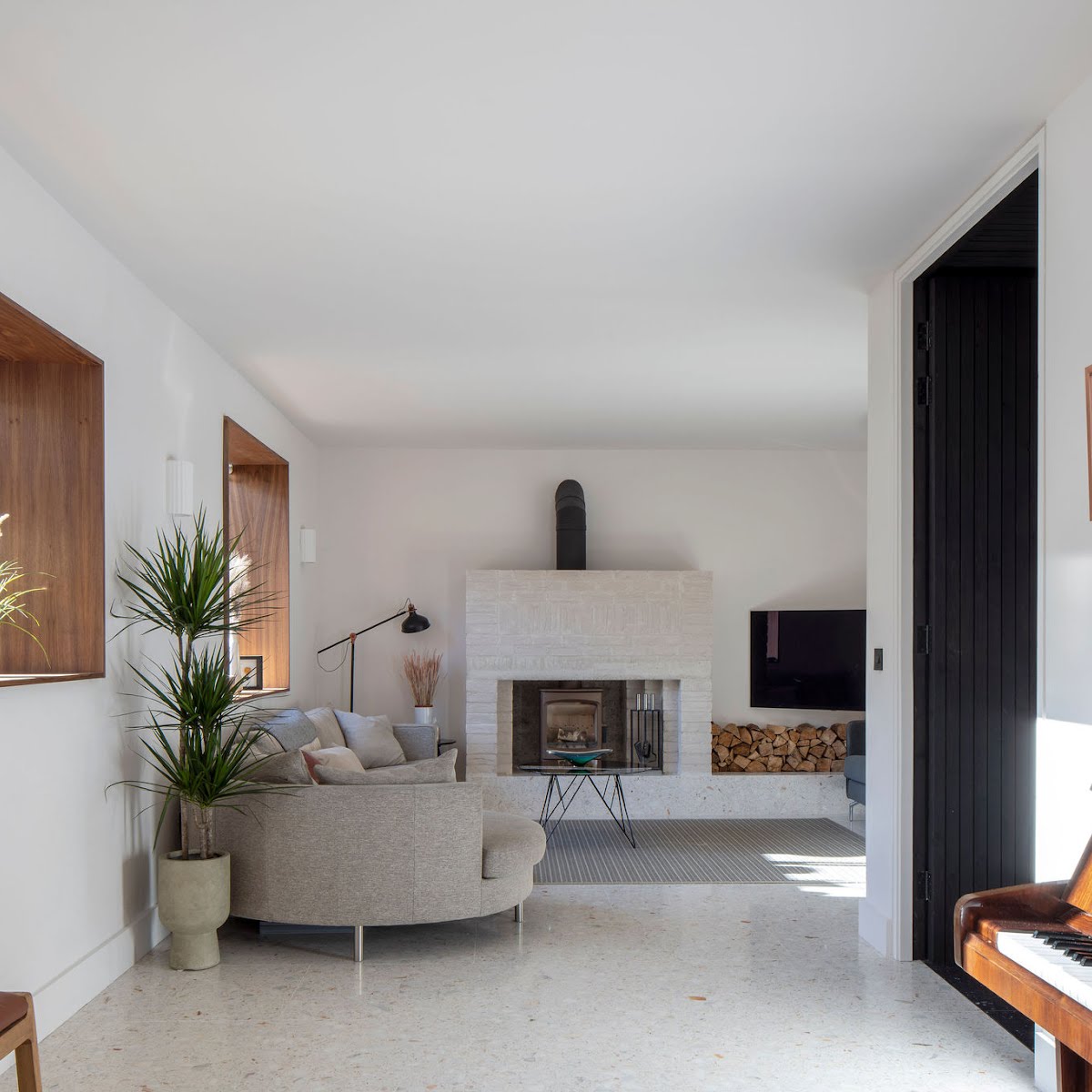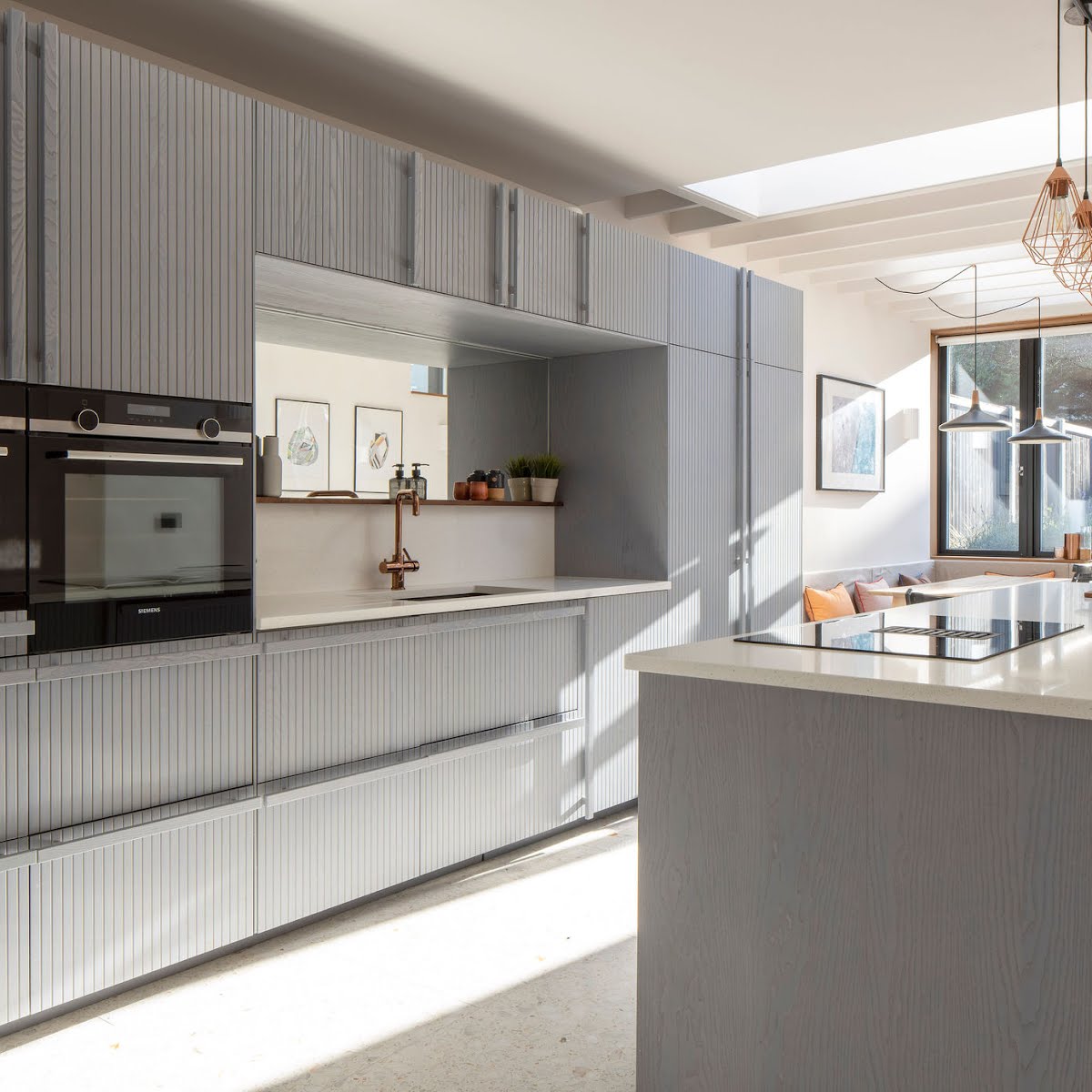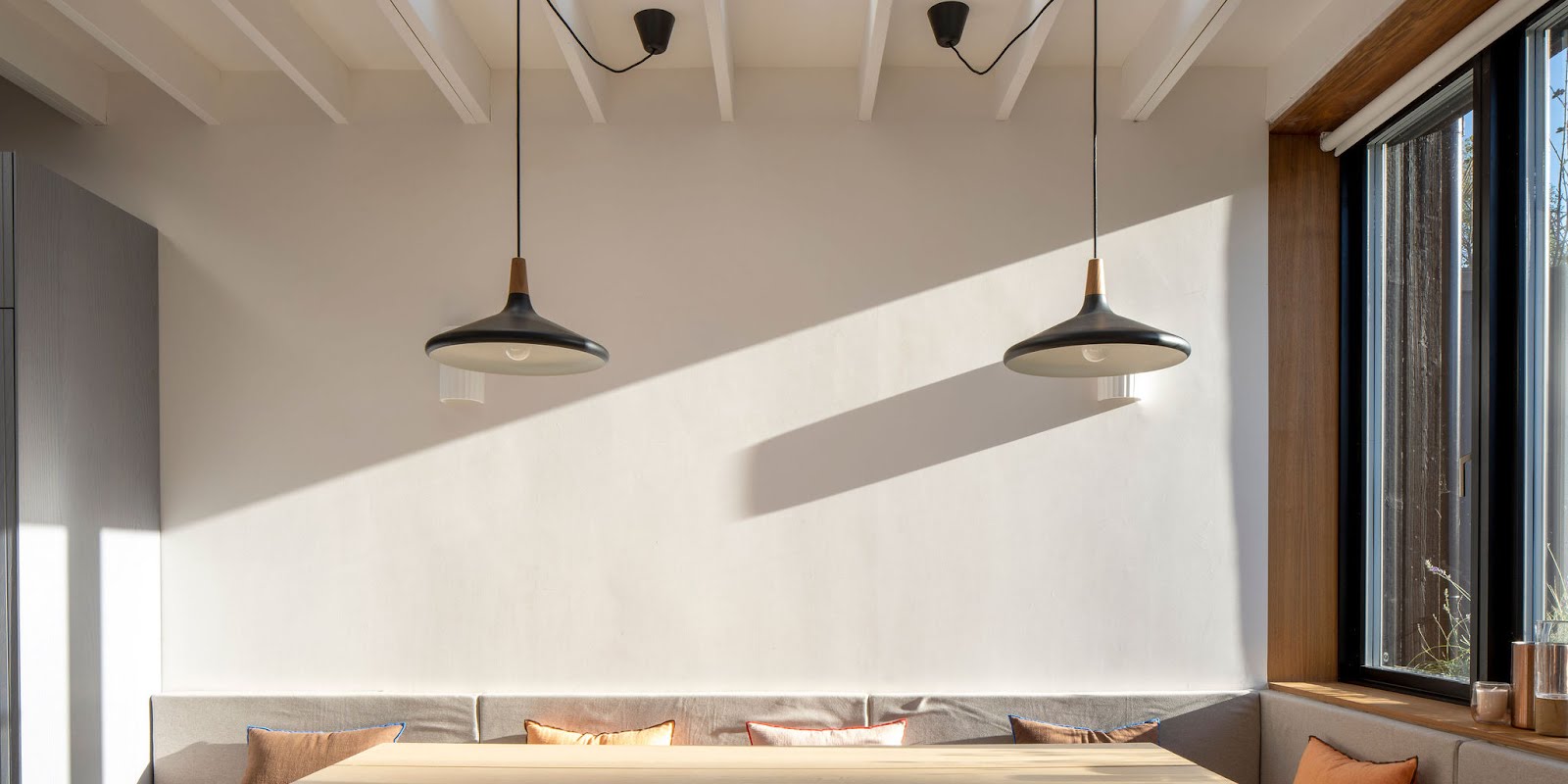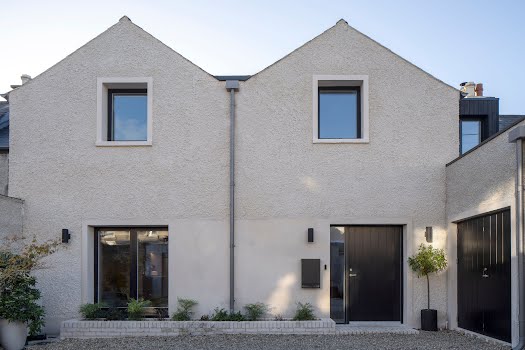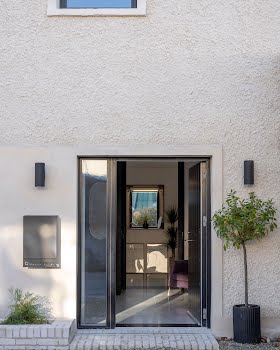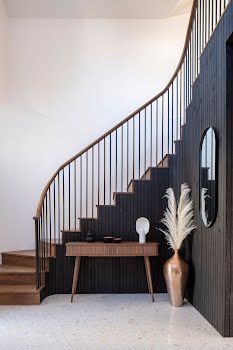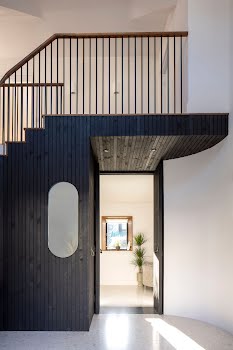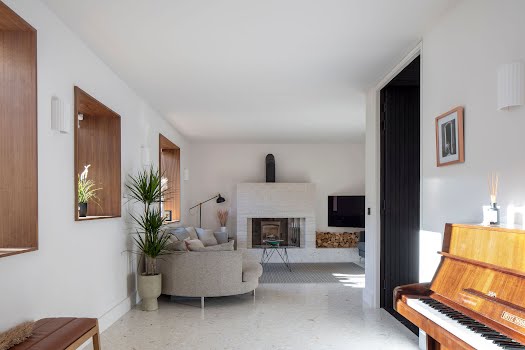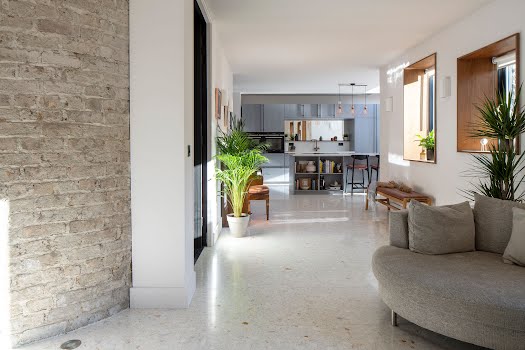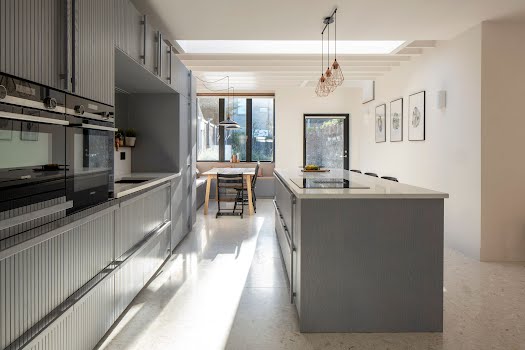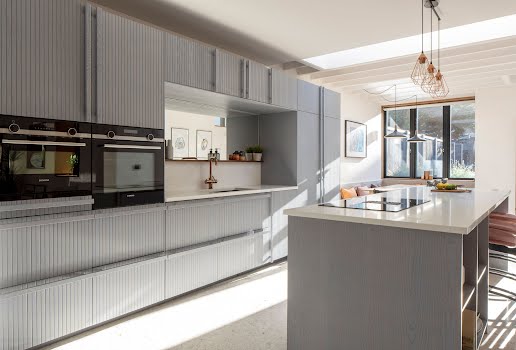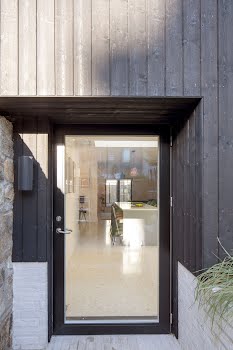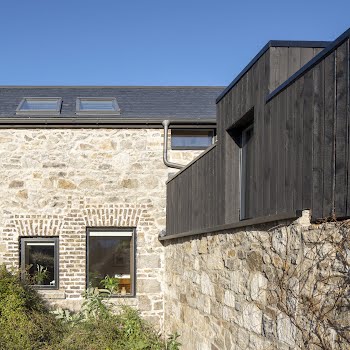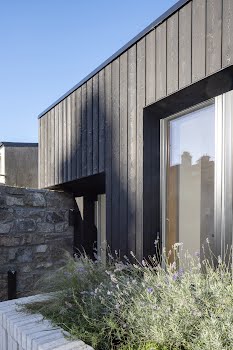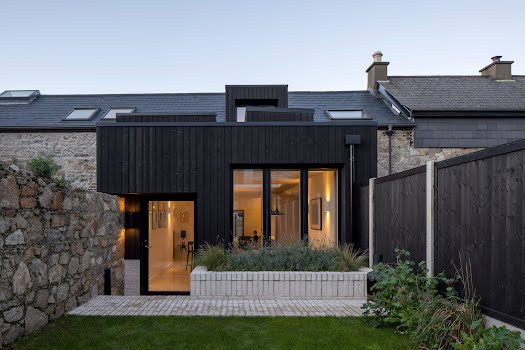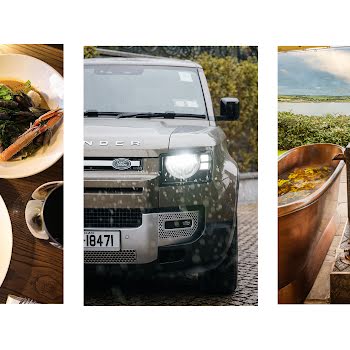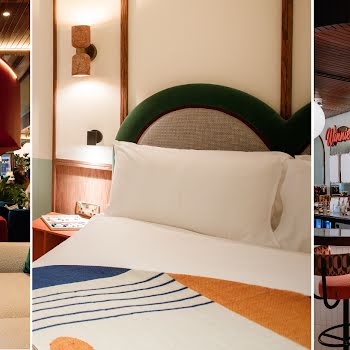
Two Bray coach houses have been converted into a bright and spacious family home
Both buildings were constructed in the 1800s as stables, but have now been transformed by Culligan Architects into a modern, comfortable space.
In a mews lane in Bray, Co Wicklow, sat a pair of coach houses, originally built in the 19th century as stable for the houses in front of them. In the 1940s they had been converted to industrial workshops, but when their current owners acquired them in 2020, they turned to Lee and Damien Culligan of Culligan Architects to turn them into a home.
As well as converting the buildings, the project also involved adding a small charred timber clad extension to the rear to increase their footprint.
“The approach to the design of the project was to maintain as much as the character of the original historic buildings whilst creating a comfortable and spacious family home,” explains Damien Culligan. “Through extensive retrofitting and upgrading to the original building in conjunction with the new extension, the project also achieved a BER rating of A2.”
Some of the main requirements the owners had for the home was for it to be free-flowing, and to make the most of the site’s natural light. They also wanted a generous and open family space.
In order to maintain as much of these historic structures as possible, Damien explains, their plans for the project involved retaining their structure and layout as much as possible, while making spaces that work for modern family life.
The extension helped create extra space, too. “This space breaks out into the existing garden,” Damien explains, “allowing for a bright and open dining space just off the kitchen area. Original details like the existing brick curved walls in the coach house were retained and these influenced the design of the stairs and the entrance hallway.”
To maximise the light in the house, the design works with the south west orientation of the building, Damien says. “Roof lights were carefully positioned to bring natural daylight deep into the plan of the kitchen and dining space, while a pop up window at a high level faces westwards bringing in evening light into the dining space.”
When it came to choosing materials, they wanted the internal and external finishes to feel cohesive. “The white brick used on the patio and base of the extension was used internally for the new fireplace,” Damien points out.
“The black stained timber vertical cladding on the stairs references the black timber cladding on the extension externally. Terrazzo tiles are used also throughout the ground floor to add texture and interest. The walnut timber of the stairs is also used to frame the windows internally.”

